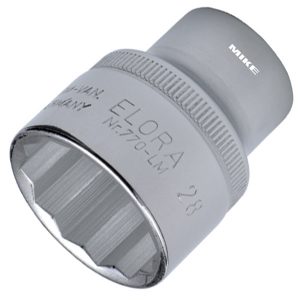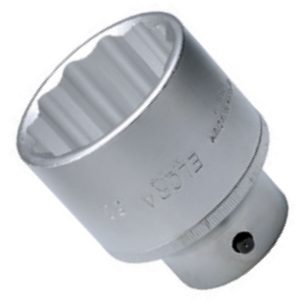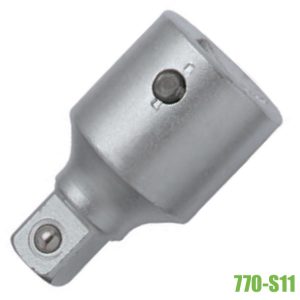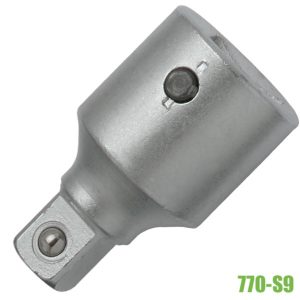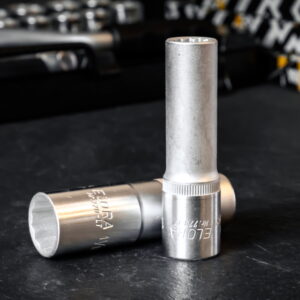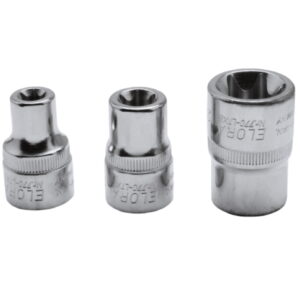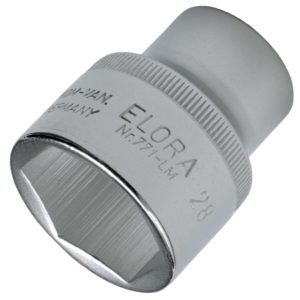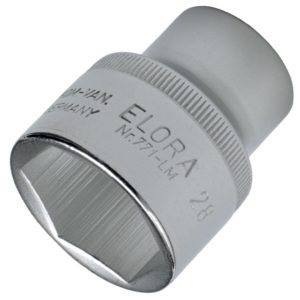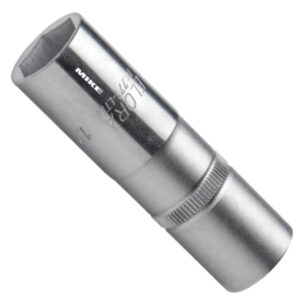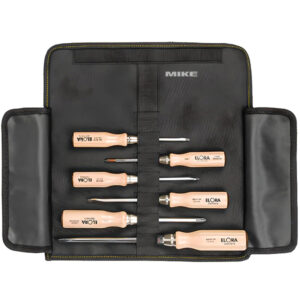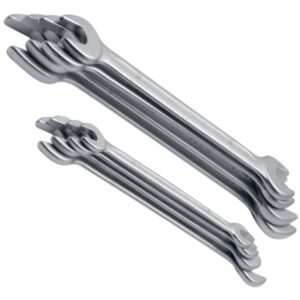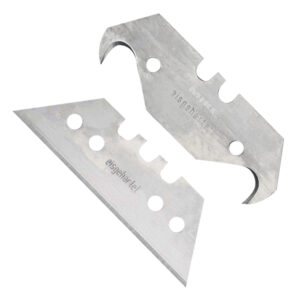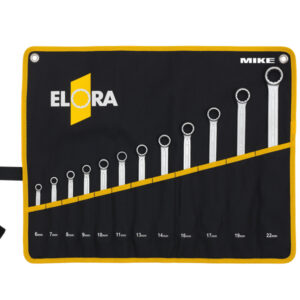In the realms of precision mechanics and heavy industry, the essential role of socket wrenches in production facilities and workshops is undeniable. At ELORA, we understand this diverse spectrum of requirements, which is why our array of sockets and socket wrenches is meticulously designed to cater to various applications. The unwavering quality and exceptional design of our tools are highly valued by tradespeople, ensuring longevity and reliability, even under the rigors of heavy use.
The journey of an ELORA precision tool from conception to readiness for worldwide shipment involves numerous meticulous production steps. Our tool experts invest considerable effort in each stage, ensuring every tool meets the high standards expected in industrial settings. This rigorous process applies to all our products, whether it’s a single hand tool or a carefully curated complete tool set.
At ELORA, maintaining consistently high product quality is a priority, which is why we have established stringent quality controls after each production phase. This has been our standard practice for a long time, ensuring that every tool leaving our facility upholds the ELORA standard of excellence.
Our ratchets are designed to be exceptionally robust, a direct result of our selection of premium raw materials and advanced manufacturing processes. We offer a diverse range of socket types to meet specific needs, including TORX®, multipoint-head, internal hex drive, slotted, and Phillips/Pozidriv sockets. Our extensive product range ensures that you have the exact tools required for your tasks.
When you purchase an ELORA ratchet, you’re not just buying a tool; you’re investing in a piece of high-grade German engineering. It’s an investment that guarantees satisfaction and delivers value that justifies every cent spent.
Let’s delve into a detailed explanation of the eight production steps involved in creating an ELORA Reversible Ratchet, in English, for a clearer understanding:
- Blanking: The process begins with high-grade ELORA chrome vanadium 31 CrV3 / 1.2208 as the raw material. This material is chosen for its strength and durability, providing a solid foundation for the ratchet.
- Hot Forging & Flash Removal:
a. The material is first heated in a furnace until it reaches the optimal forging temperature. It is then drop-forged using high-pressure presses, shaping it while in its heated, malleable state.
b. After forging, any excess material, known as ‘flash’, is trimmed off using specialized presses. This step ensures a clean, precise shape for the ratchet.
- Grinding & Vibro-Deburring: The ratchet undergoes grinding to achieve a smooth external surface. Following this, any remaining sharp edges or flash are removed through vibro-deburring, a process that uses vibration and abrasive media to polish and smooth the tool.
- CNC Machining: Precision machining is employed to shape the internal components of the ratchet head. This step is crucial for the functionality of the ratchet, ensuring that all parts fit together perfectly.
- Hardening and Tempering: The ratchet is subjected to a special heat treatment, which significantly enhances its durability. Hardening involves heating the tool to a specific temperature and then cooling it rapidly, while tempering softens it slightly to improve its toughness and reduce brittleness.
- Sand Blasting: To provide the ratchet with a matte, non-slip surface, it is sandblasted. This not only improves the grip but also enhances the tool’s aesthetic appeal.
- Electroplating: This step involves coating the ratchet’s surface with a protective layer to prevent corrosion. The electroplating process also gives the tool a high-quality, satin-finish look, adding to its visual appeal and durability.
- “Marriage” & Final Assembly: In this final stage, the outer body and internal mechanisms of the ratchet are assembled together. This includes fitting the handle, internal gears, and cover. Once assembled, the tool’s functionality is rigorously tested to ensure it meets ELORA’s high standards.
Each of these steps combines technical expertise with a focus on quality and detail, reflecting the precision and care ELORA invests in every tool they manufacture.
Seven stages in the production of an ELORA socket
If ELORA customers want to get the full benefit of an ELORA ratchet, they really need sockets of the same high quality. As you would expect, the manufacture of these sockets is subject to the same stringent quality requirements and ELORA sockets are also hot forged. This creates a microscopic fibre like structure in the metal with no interruptions (in contrast to cold-formed tools) which always runs parallel to the outer shape.
Unwanted stresses in the tool are thus kept to an absolute minimum. At the same time, this increases the tool’s durability and tensile strength by a considerable degree – these are product benefits that pay for themselves, especially when you are applying full loadings, and enable long service lives.
This ELORA product family contains a wide range of sockets designed for all sectors of industry and the trades. Input and output drives for many different types of sockets. All the standard sizes you would expect. Separately or in sets. In robust, protective metal cases or ready for use in exactly cut, easyto- use ELORA OMS modules.
- Cutting the Chrome Vanadium Raw Material: The process begins with high-grade chrome vanadium steel, specifically the 31 CrV3 / 1.2208 type, which is known for its strength and durability. This material is precisely cut to the required length to form the basis of the socket.
- Hot Forging in Three Operations: The socket blank undergoes hot forging in a press through three distinct steps. This method shapes the square drive, hexagon drive, and the 12-point profiles. Hot forging creates a microscopic, fiber-like structure in the metal that aligns with the socket’s shape, enhancing its strength and minimizing internal stresses.
- Turning and Knurling: In this stage, the socket receives its final shape. Turning and knurling processes are applied, which not only give the socket its distinctive texture but also trim it to the exact required length.
- Stamping Company Markings and Size Details: Each socket is then marked with the company’s branding and its size specifications. This is done using a roller stamp, ensuring clear and durable markings on the socket’s exterior.
- Hardening and Tempering in a Protective Atmosphere: To achieve the optimal balance between tensile strength and ductility, the socket undergoes a hardening and tempering process. This heat treatment, conducted in a controlled, protective atmosphere, significantly enhances the socket’s durability.
- Sand Blasting and Polishing: Before electroplating, the socket is prepared through sand blasting and polishing. This stage not only cleans the surface but also creates an ideal texture for the subsequent electroplating process.
- Electroplating for Anti-Corrosion Protection: Finally, the socket is coated with a nickel layer through electroplating, which provides robust anti-corrosion protection. A chrome layer is then added on top, giving the socket a perfect finish and improved tactile qualities.
Each of these stages reflects ELORA’s commitment to quality, ensuring that their sockets are not only high-performing but also durable and reliable, perfectly complementing their range of ratchets. This meticulous production process is what sets ELORA sockets apart in the industry and trades.
Socket
Showing all 11 results

